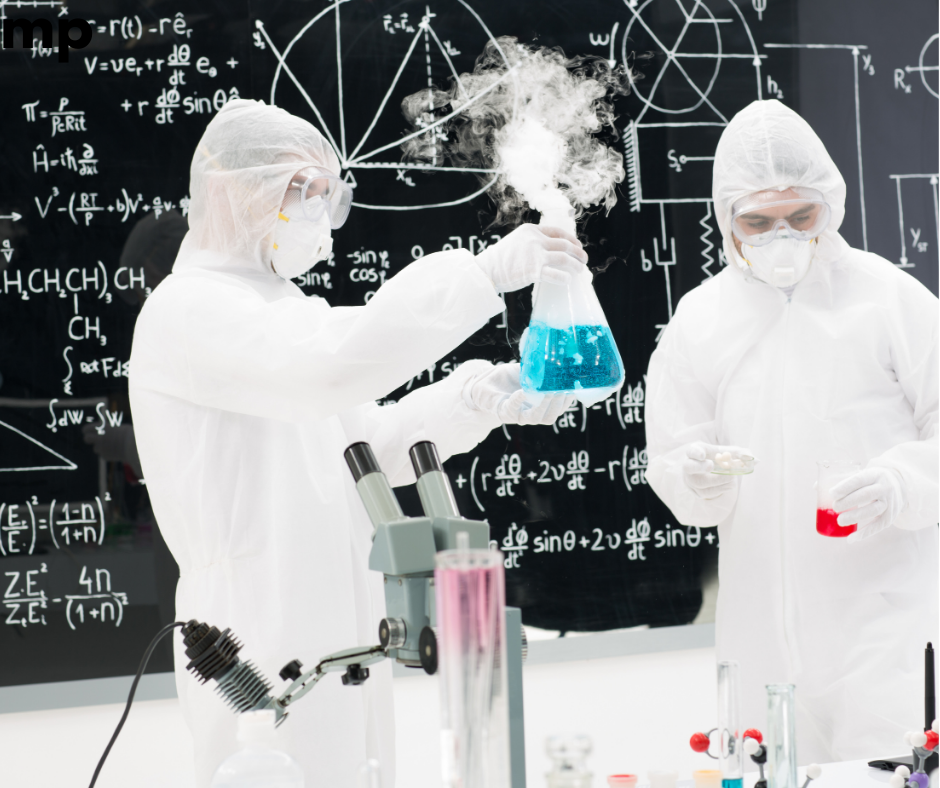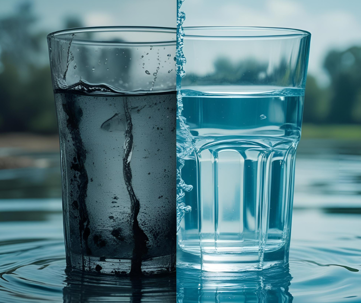.2507131545450.png) You turn on the tap. Clear water pours out. You fill a glass or run a bath for your kids without a second thought.
You turn on the tap. Clear water pours out. You fill a glass or run a bath for your kids without a second thought.
But here’s the reality most people never think about: even treated tap water can carry chemicals and contaminants you don’t see.
Let’s talk about what’s really in your water—and why whole-home filtration matters more than you might think.
🚰 What’s In Your Water Besides H₂O?

Most Colorado cities—like Denver, Aurora, and Boulder—treat water with chlorine or chloramines. This disinfection is important because it keeps dangerous bacteria out of the supply.
But here’s the trade-off:
✅ Chlorine and chloramines don’t just vanish when the water leaves the treatment plant.
✅ Volatile Organic Compounds (VOCs) from industrial runoff and old plumbing can make their way into your pipes.
✅ Heavy metals like lead, mercury, and arsenic can leach in from aging infrastructure.
✅ Sediment and rust particles break off from older water mains.
These contaminants are colorless and odorless in many cases. But over time, they can impact your health, your plumbing, and your peace of mind.
🧒 Who’s Most Vulnerable?
.2507131552238.png)
While most adults can handle small amounts of water impurities, children, pets, seniors, and people with chronic health conditions are more sensitive.
Here are some of the documented risks:
👶 Children: Developing immune systems are more affected by lead and chlorine byproducts. Even low-level exposure over years can impact learning and behavior.
🐶 Pets: Dogs and cats can experience dry skin, digestive upset, and irritation if they drink or bathe in heavily chlorinated water.
🫁 Sensitive adults: If you have asthma, eczema, or allergies, chlorine vapors in shower steam can trigger symptoms.
🤰 Pregnant women: Some studies link long-term exposure to disinfection byproducts (like trihalomethanes) with increased pregnancy risks.
I’m not here to scare you—just to share why filtering water at the source is a smart, protective step.
🛁 Why Faucet Filters Don’t Cut It
.2507131554039.png)
You might be thinking:
"Well, I have a little filter on my kitchen faucet. Isn’t that enough?"
It’s a start—but here’s the truth:
Faucet and pitcher filters only clean water at a single point of use.
They typically remove some chlorine and bad tastes—but not VOCs, heavy metals, or chloramines.
They don’t help with water you bathe in, cook with, or use to wash your clothes.
If you’re only filtering one faucet, you’re only filtering about 5% of the water your family comes in contact with.
🏠 The Hidden Cost of Doing Nothing
Besides health concerns, untreated tap water is rough on your home:
It corrodes plumbing over time, leading to leaks and expensive repairs.
It shortens the life of dishwashers, washing machines, and water heaters by years.
It leaves mineral deposits and scale that cost time (and money) to clean.
We see it all the time in homes around Denver. After 5–10 years of hard, untreated water, pipes and fixtures start to show their age—and it’s not pretty.
💡 What Can You Do About It?
.2507131556301.png)
The most effective solution is installing a whole-home water filtration system.
With a professionally installed system, you can:
✅ Remove chlorine, chloramines, heavy metals, and VOCs from every tap and appliance.
✅ Protect your family’s health—especially kids and pets.
✅ Prolong the life of your plumbing and appliances.
✅ Enjoy water that tastes, smells, and feels clean.
🙋 Questions? We’re Here to Help.
If you’re curious what’s in your water, or you’d like help understanding your options, just reach out.
No pressure, no gimmicks—just honest answers about how to protect the place you call home.
Take good care of yourself (and your water),
—Barbara

